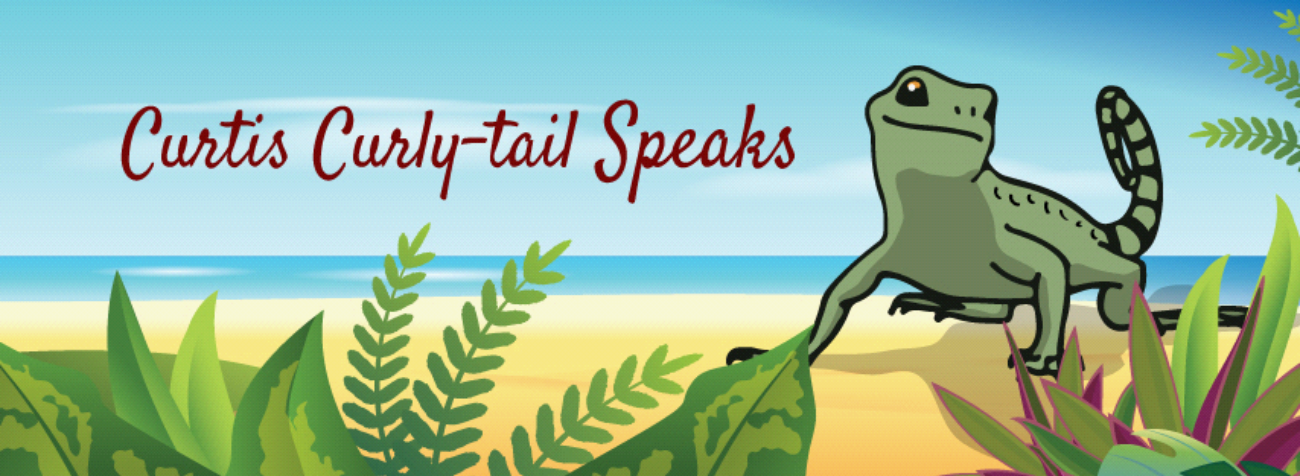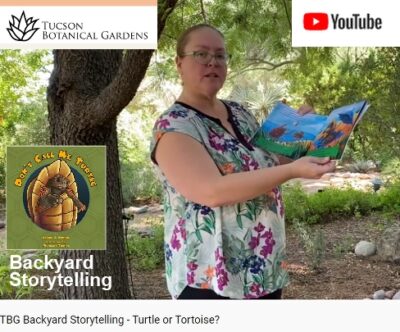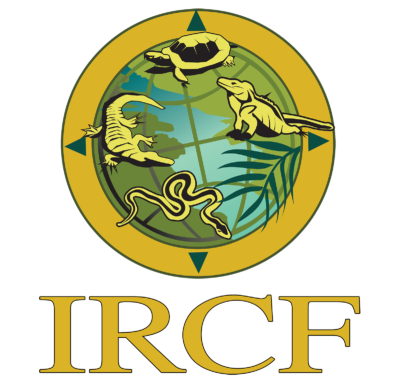This website uses cookies so that we can provide you with the best user experience possible. Cookie information is stored in your browser and performs functions such as recognising you when you return to our website and helping our team to understand which sections of the website you find most interesting and useful.
Yes! Plants Do Grow in the Sonoran Desert by Elaine A. Powers, Author
Plants of the Sonoran Desert
When people think about deserts, they often assume the land is barren with no plant life. In the Sonoran Desert, many plants not only grow, but thrive. Some of them even bloom during the dry season! I’d like to tell you about a few of my favorites.
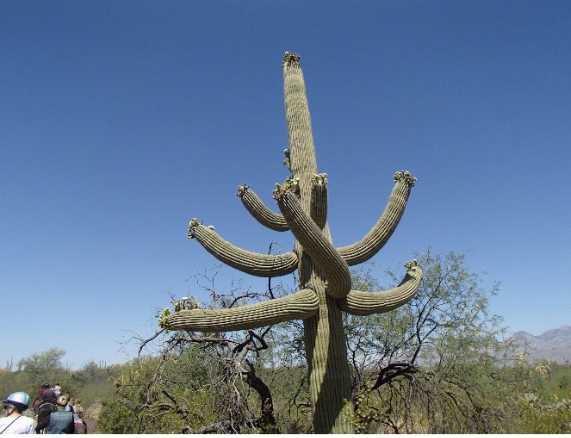
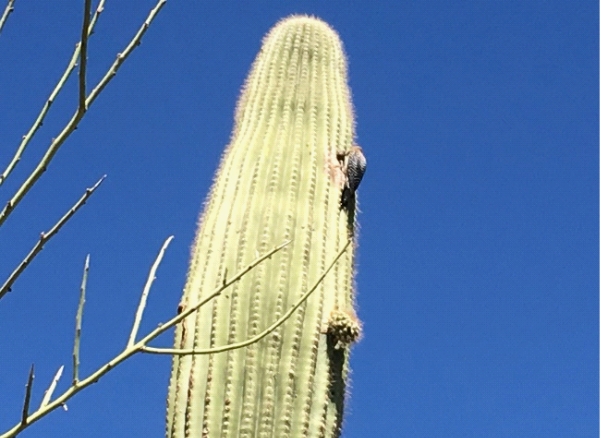
Saguaro (Carnegiea gigantean) These tree-sized, columnar cacti are the symbol of the West and are important part of the Sonoran Desert ecosystem for both animals and humans. The saguaro is the largest cactus in the United States and its crown of large white blooms is honored as Arizona’s State Flower. The saguaro grows very slowly but can live up to a couple of centuries. They may or may not develop branches or “arms.” The roots are very shallow and reach out only as far as the saguaro’s height, but the cactus is also anchored by one deep tap root. The scientific name honors Andrew Carnegie, whose Carnegie Institute established the Desert Laboratory in Tucson, Arizona in 1903.
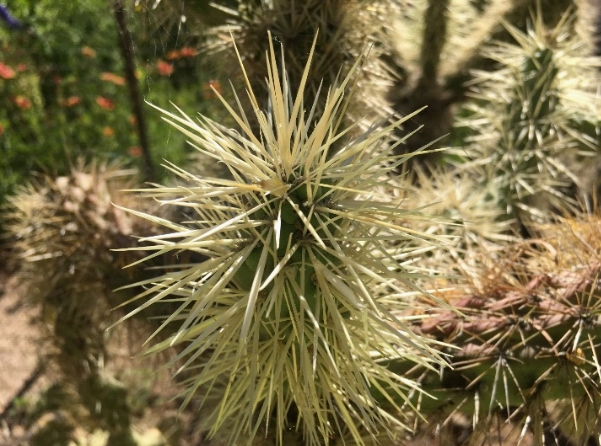
Teddy Bear Cholla (Cylindropuntia bigelovii). From a distance, this cactus looks soft and fuzzy, but it is actually covered in a dense mass of spines. The spines, which are a form of leaf, are about an inch long, ending in a hook or barb. These spines so easily detach and embed in the flesh of any animal that touches it, that it is also called the Jumping Cholla, as if it actually attacks passing animals (or humans!).
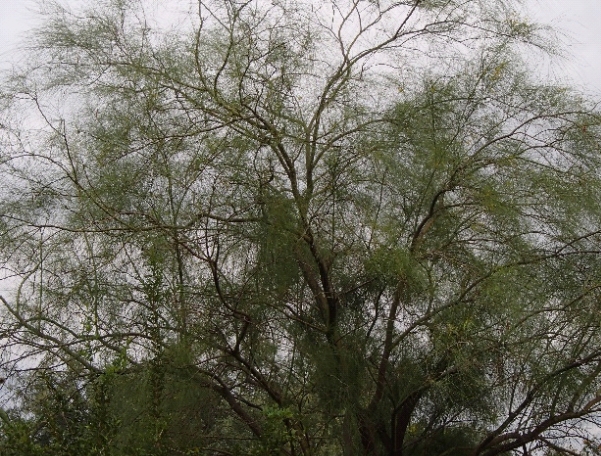
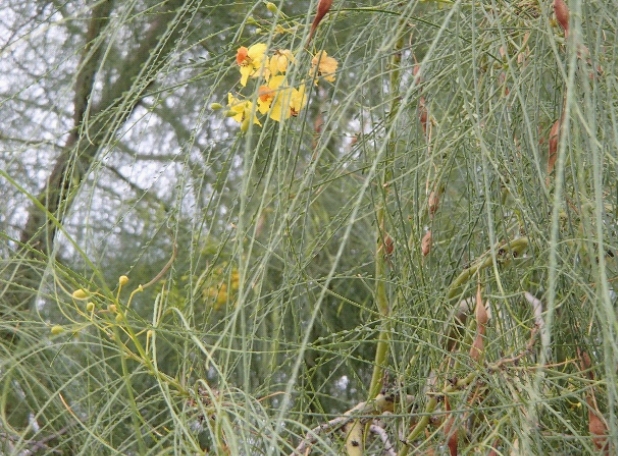
Palo Verde, Foothills (Parkinsonia microphylla) Palo verde means green stick in Spanish. It is is so named due to its green bark, which, unlike the bark of other trees, is capable of photosynthesis. The tree is also known for its spines, seed pods, and brilliant yellow flowers. Palo Verde trees play a vital role in the Sonoran Desert ecology, serving as the primary nurse plant for young saguaro cacti. The genus name Parkinsonia honors the English botanist John Parkinson.
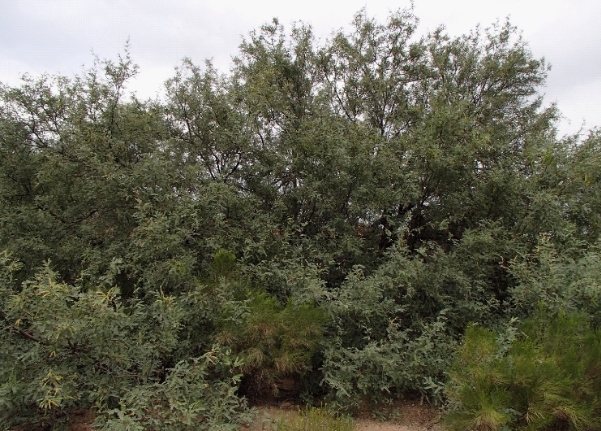
Mesquite, Velvet (Prosopis velutina) This thorny native tree of the Sonoran Desert survives the dry climate by sinking a taproot deep into the earth. The thorns reach one inch in length. The tree is an important part of the ecosystem, providing food and protection for animals and people. Flour is made from the seed pods. The wood is popular for grilling and seasoning food, and for carving into utensils.
To learn about our latest science-based children’s books and workbooks, to read our latest blog posts about reptiles, birds, cats, and gardening, in a variety of locations, and about how the books come to be, what inspires an author to write, and many more interesting aspects of the publishing business, fill in the box below and we will add you to our email list.
Thank you!
